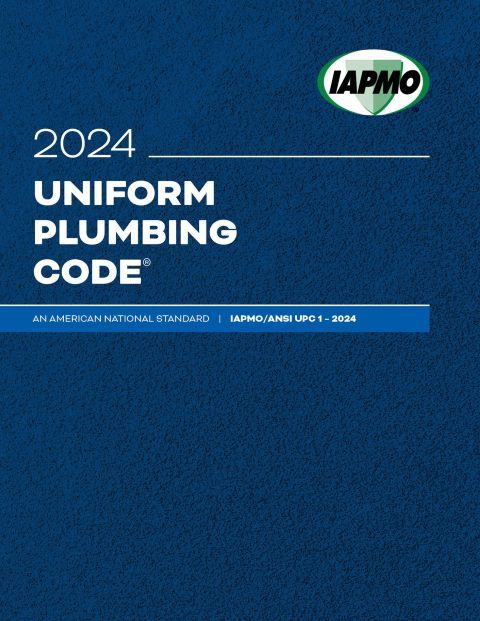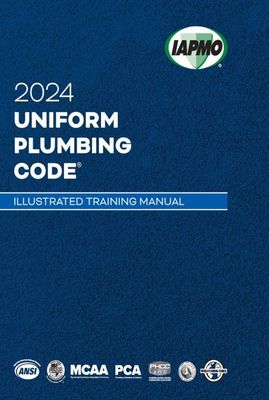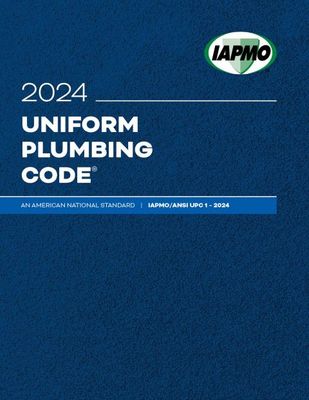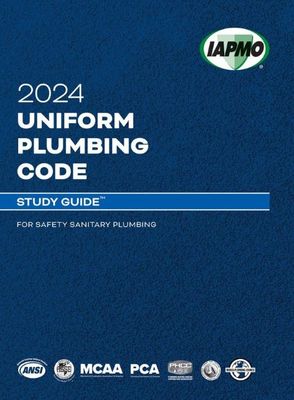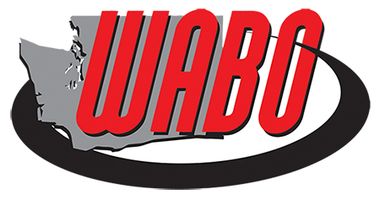2024 Uniform Plumbing Code (UPC) Loose Leaf w/Tabs
The 2024 edition of the Uniform Plumbing Code represents the most current approaches in the plumbing field. It is the eighth edition developed under the ANSI Consensus process is designated as an American National Standards by the American National Standards Institute (ANSI). Contributions to the content of this code were made by The 2024 edition of the Uniform Plumbing Code represents the most current approaches in the plumbing field. It is the eighth edition developed under the ANSI Consensus process is designated as an American National Standards by the American National Standards Institute (ANSI). Contributions to the content of this code were made by every segment of the built industry, including such diverse interests as consumers, enforcing authorities, installers/maintainers, labor, manufacturers, research/standards/testing laboratories, special experts and users. The UPC is designed to provide consumers with safe and sanitary plumbing systems while, at the same time, allowing latitude for innovation and new technologies. Key changes to the 2024 UPC include: New provisions for tileable shower receptors and kits. Provision for temperature-actuated, flow reduction devices for individual fittings. New provisions for all-gender facilities, including fixture count, privacy compartments, and partitions. New requirements for water supply and distribution manifolds. Updated provisions for hot-water recirculating systems. New provisions for private well water tanks. Updated provisions for appliance condensate drains when serving more than one appliance and connecting to a common indirect waste pipe. Updated minimum water quality provisions for onsite treated nonpotable water systems, nonpotable water devices and systems, for harvested rainwater systems. Update water supply fixture unit (WSFU) and drainage fixture unit (DFU) values for bathroom groups in Appendix C. New Appendix O providing minimum non-sewered sanitation systems. New Appendix P providing minimum qualifications for inspectors, examiners, service technicians, installers, and administrators relating to systems addressed in the UPC. New Appendix Q addressing plumbing requirements for indoor horticultural facilities. New Appendix R providing minimum plumbing system requirements for tiny houses. New Appendix S with provisions pertaining to onsite stormwater treatment systems every segment of the built industry, including such diverse interests as consumers, enforcing authorities, installers/maintainers, labor, manufacturers, research/standards/testing laboratories, special experts and users.
